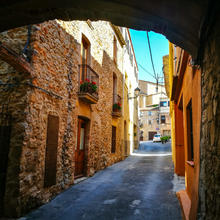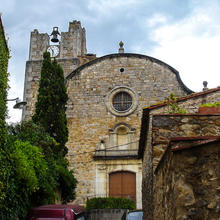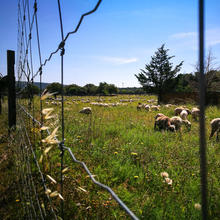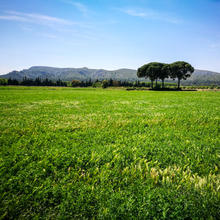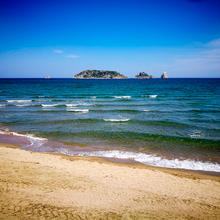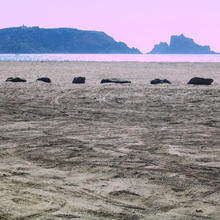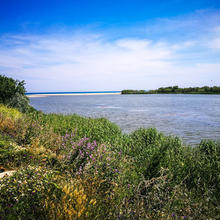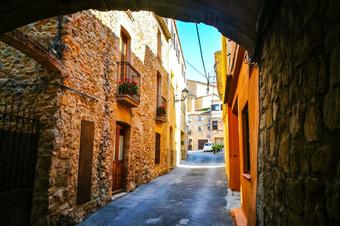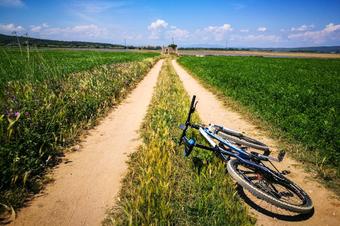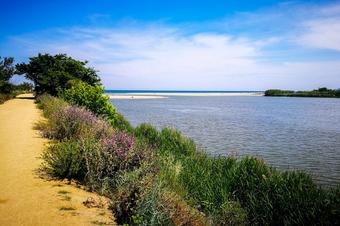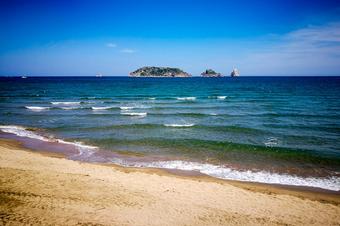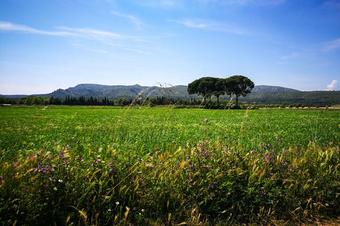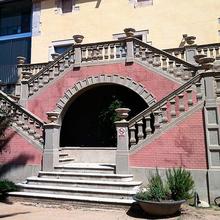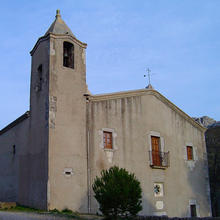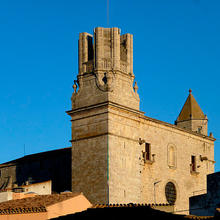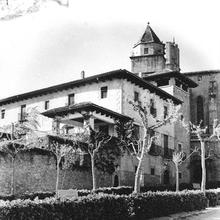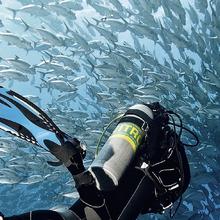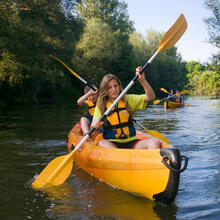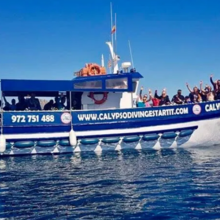Introduction
We strongly encourage you to do this mountain bike route in the Montgrí, Medes Islands and Baix Ter Natural Park, which has a fascinating landscape of natural interest and locations that are unique in our lands. The route is long but very satisfying. You will ride through the Park, passing through towns and villages with much charm, nestling in the imposing mountains of the Empordà. You can enjoy the fertility of the rice fields and will almost certainly see all sorts of birds in the old lake of Bellcaire. After leaving the Montgrí Massif behind, you come to l’Estartit, where you can hear the sound of the waves as you pedal accompanied by views of the Medes Islands until you reach the point where the river Ter reaches its end and flows into the sea.
We recommend the Local Natura App to do this route. Download it for free here:
Apple store Google Play


-
TypologyTime Circular
-
DifficultyMedian
-
Duration4 hours
-
Slope320.00 meters
-
Distance39.00 km
-
ThemeEnvironmentArchitecture and environmentLandscaping
-
ActivityBy bike
-
Rating
Slope graph

Description
The route starts in a car park located next to the river Ter, in the centre of Torroella de Montgrí, and you start off heading towards Ullà. There you will find the first two surprises of the route: the impressive church of Santa Maria.
Continuing on the route, you come to Sobrestany, a little village with few inhabitants but which contains the remains of what was once an enormous and exuberant animal park.
Straight afterwards you come to the old lake of Bellcaire, which was drained a century and a half ago for planting rice. Here you will certainly find all sorts of birds and, if you have a keen eye and are knowledgeable, this area hides plant species which are unique in our territory.
Leaving the rice fields behind, you come to the hardest part of the route: crossing the Montgrí Massif from l’Esacala towards l’Estartit. On this stretch of trail, among Mediterranean woodland, you can see for yourself how a large part of the vegetation of one of the mountains which was ravaged by fire several years ago has recovered and continues to recover.
Once in l’Estartit, you can pause at the beach to admire the Medes Islands and discover the secrets hidden beneath their waters. In addition, you can see the work being done to restore la Pletera, an area of great environmental value, thanks to a LIFE project.
To finish the route, you seek out the mouth of the river Ter: the Gola del Ter where its course ends and its waters mix with those of the sea. This is an ideal place for birdwatchers to bring their binoculars and try to spot some of the elusive birds. The route ends back at its starting point.
Tips
Route
- A physically quite demanding route, it is long and has steep climbs. Remember to rest, take breaks and stay hydrated.
- It is important to follow the signals of the track for the route as the ones on the route can sometimes go unnoticed.
- At some points you have to follow fairly technical paths, so pay attention to the markers on the track which will warn you of these stretches.
Water
- There are no sources of water anywhere on the route.
- Take water from home.
- It is important to hydrate at least once an hour while doing intensive activities.
Precautions
- Wear a helmet and clothing in visible colours; this way when you are riding on the road, vehicles can see you from further away and you can help avoid unnecessary mishaps.
- Remember to drink frequently and stop for food.
- If you are planning to do the route on your own, make sure you tell someone your itinerary and all of the relevant information so they know where you are at all times.
- Keep an eye out for cars and motorbikes using the trail.
Weather
- Wear sun cream if you plan to do it at times with strong sun, like spring or summer.
- Do not do the route if it has rained a lot or if heavy rain is forecast, as there might be flooding and the sandy ground can become hard to ride on.
- Cycling in these areas is also unpleasant on windy days.
Terrain
- This is rocky and sandy so make sure to use suitable tyres.
- Some stretches can be muddy after rain.
Equipment
- Hardwearing footwear, or specialist mountain bike shoes.
- A camera (if you can fit it in your rucksack)
- Take equipment to repair or replace inner tubes if you get a puncture.
- Gloves and helmet.



